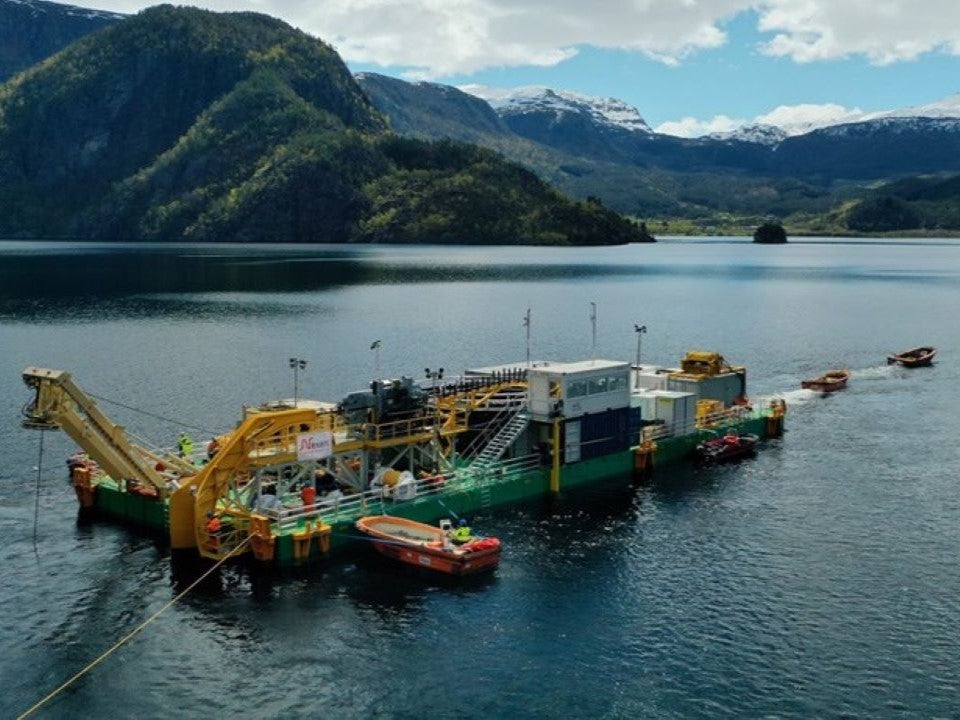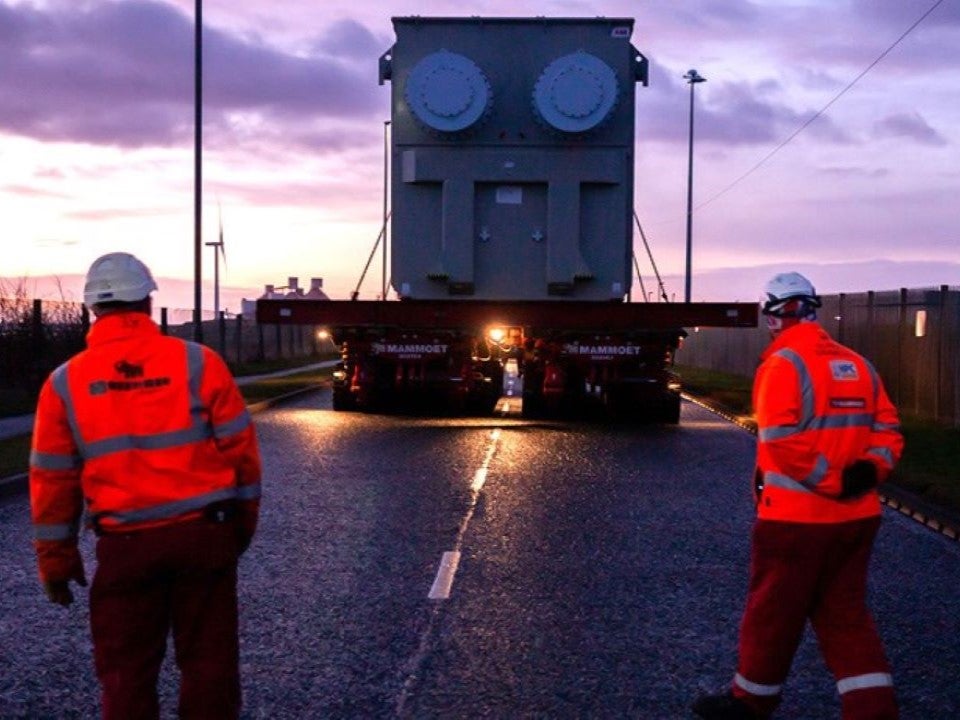The North Sea Link (NSL) is a new interconnector that will enable a bi-directional flow of renewable electricity between the UK and Norway. Construction on the project commenced in March 2015 and the new interconnector is scheduled to be online in 2021.
The project is being developed jointly by National Grid North Sea Link, a wholly-owned subsidiary of National Grid, and Norwegian power grid developer and operator Statnett. The project will enable hydropower to be imported to the UK from Norway, while wind power will be imported to Norway from the UK.
The NSL project involves the installation of 720km of subsea cables, 10km of onshore cables and the construction of converter stations at both ends. The interconnector is touted to become the longest facility of its kind.
The overall investment in the project is estimated to be €2bn ($2.2bn). As part of the European Commission’s Projects of Common Interest (PCIs), the project received a €31m ($34m approximately) grant to support the early-stage engineering studies.
North Sea Link route and cables
The interconnector will stretch from Blyth in Northumberland, UK, to Kvilldal in Rogaland, Norway. In 2018, NSL installed 270km of HVDC cables in English waters, including two parallel cables from Cambois beach to approximately 65km offshore.
The 2.8km parallel subsea cables were installed from a 43m x 15m platform, working at depths of up to 210m. The cables will operate at a voltage level of ±525kV with a rating of 1,400MW.
Cable is also being laid from the fjords in Suldal to the North Sea. The two parallel, 720km cables between Cambois, Northumberland and Kvilldal are expected to be completed in 2021.
Onshore elements of the UK-Norway subsea interconnector
In the UK, the project will involve the excavation of a transition joint pit (TJP) at Cambois, south of the River Wansbeck, through which the subsea cables will be connected to the HVDC onshore underground cables.
The converter station will cover an area of approximately 5ha near Brock Lane in East Sleekburn. The converter station and ancillary buildings will be constructed with steel frames and clad with metal. The buildings will rise to a height of no more than 25m.
The converter station will be connected to the new gas-insulated switchgear (GIS) substation, proposed to be built and operated by National Grid Electricity Transmission (NGET), via six 400kV HVAC cables. The GIS substation is proposed to be constructed adjacent to the existing Blyth substation. It will use 220t transformers that were manufactured in Sweden by ABB Transformers Ludvika.
The onshore cable in Norway will pass through a micro tunnel and a conventional tunnel from Hylsfjorden to lake Suldalsvatnet. It will then be submerged across Suldalsvatnet and further be placed in a trench stretching from the shoreline to the converter station, located adjacent to an existing hydropower plant in Kvilldal.
The converter station will be connected to the national grid using existing facilities, which will require minor upgrades and modifications.
Contractors involved in the North Sea Link project
Italian electrical cable supplier Prysmian was contracted to supply and install 950km of mass impregnated (MI) paper insulation HVDC submarine and land cables, which will be manufactured at its Arco Felice factory in Naples, Italy.
Nexans, a French cable and optical fibre company, was selected to supply and install approximately 500km of mass impregnated non-draining (MIND) HVDC cables for the fjord, tunnel and lake sections, as well as the onshore section in Norway. The company supplied the subsea cables from its Halden plant in Norway. The cables are protected on the seabed by trenching using its Capjet system and rock dumping.
Swedish technology firm ABB was contracted to supply the two ±525kV, 1,400MW converter stations, which will integrate its proprietary HVDC light voltage source converter (VSC) technology. The company manufactured electrical transformers for the project, which were delivered to the converter station site at Cambois in March 2020.
Mitsubishi Electric Europe is the principal contractor for the project, while British firm ACS Construction Group is the subcontractor. ACS was contracted to execute all civil construction works for the new 400KV GIS substation at Blyth.
Cable laying vessels
Prysmian will install cables with its cable-laying vessel Giulio Verne, while Nexans will use its cable-laying vessel C/S Nexans Skagerrak.





